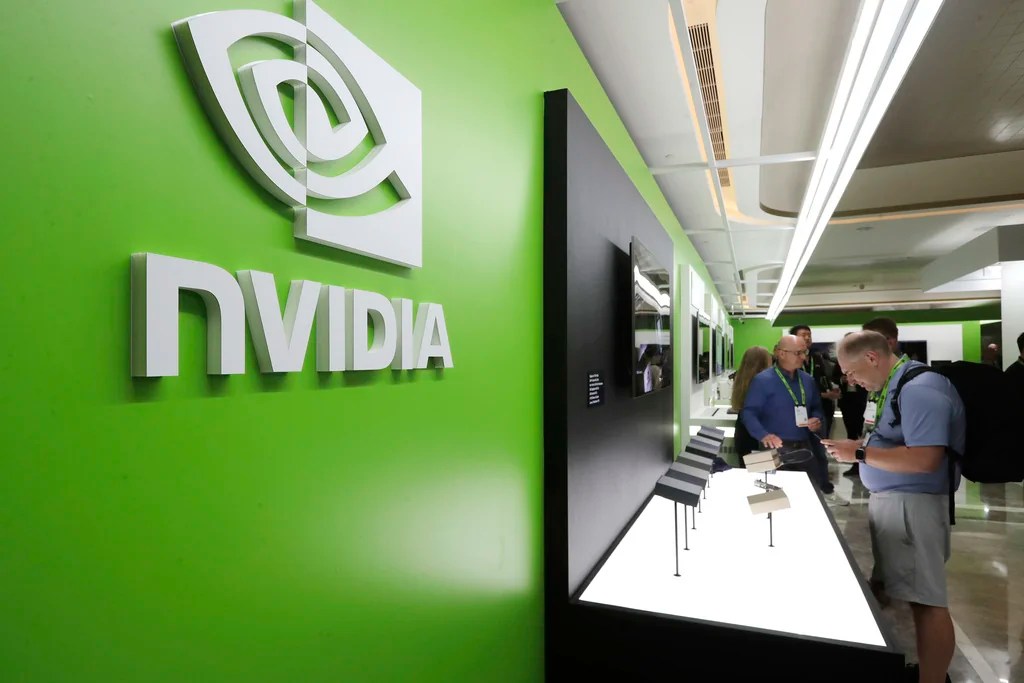Nvidia’s recent $100 billion investment in OpenAI heralds a significant shift in the artificial intelligence (AI) landscape and its broader implications for the global economy. As one of the foremost players in accelerated computing, Nvidia holds a unique position; it supplies approximately 94% of the semiconductors that power AI servers in data centers worldwide. This investment not only underscores Nvidia’s pivotal role in the AI revolution but also illuminates potential pathways for economic transformation.
### Nvidia: A Titan in the Semiconductor Industry
Nvidia has achieved a dominant position in the GPU market, thanks to its innovative semiconductor design and complementary software offerings. With impressive profit margins, the company generates substantial free cash flow, which is reinvested into research and development. This proactive approach allows Nvidia to maintain a competitive edge, ensuring it remains at the forefront of the rapidly evolving AI sector.
### The Deal’s Immediate Impact
On Monday, Jensen Huang, Nvidia’s co-founder and CEO, alongside Sam Altman of OpenAI, announced the monumental investment aimed at establishing new AI data centers and infrastructure. The scale of this endeavor is staggering; the projected 10 gigawatts of electricity capacity is equivalent to the daily consumption of New York City during work hours. This monumental shift highlights how essential robust power resources will be for future AI developments.
The immediate disbursement of $10 billion upon signing the deal, followed by the procurement of Nvidia’s GPUs by OpenAI, resembles a form of vendor financing, a common practice within the AI sphere. Nvidia’s previous investments, such as in the AI company CoreWeave, showcase how leveraging investments for equipment purchases has been a successful strategy in the sector, despite raising questions about capital returns.
### Concerns and Criticisms
Although the investment has garnered excitement from financial markets, certain concerns remain. Critics question whether AI companies can achieve a favorable return on the significant capital expenditures that dwarf current profits. While Nvidia may be capturing a lion’s share of the profits, there is cautious optimism among AI experts about long-term returns.
As industries adapt and evolve, historical trends suggest that sufficient returns may eventually materialize, particularly given projections of a tenfold increase in demand for AI inference by 2026. Expected global spending on AI is projected to approach $2 trillion, backing the belief that the AI revolution could indeed spur productivity growth worth trillions of dollars for the U.S. economy.
### Energy Needs and Infrastructure Challenges
A critical issue that emerges from this ambitious investment is the demand for energy. OpenAI’s data centers will require more power than America’s largest nuclear plant produces. To facilitate this energy requirement, various energy sources—including nuclear, coal, and renewables—need to be strategically utilized. Fortunately, there’s a positive trend; some previously shuttered nuclear plants are being reopened, and the natural gas sector is expected to ramp up production of new plants.
This mix of energy production will be key to supporting not just OpenAI but the broader AI landscape as it continues to expand. The U.S. must capitalize on its resources to ensure a reliable energy supply, which is paramount for maintaining its competitive edge in AI, especially in relation to China.
### The Economic Implications
The Nvidia-OpenAI deal is significant not only for the two companies involved but also for the U.S. economy at large. If successful, this partnership could expedite productivity growth, benefiting the standard of living across the nation. Faster productivity growth can create more resources for public services and strengthen economic defenses against global adversaries.
Moreover, this is a critical moment for U.S. innovation on the global stage, particularly in the realm of AI. The investment showcases a conscious effort to maintain AI leadership and, by extension, economic dominance.
### Conclusion
In summary, Nvidia’s investment in OpenAI represents more than just a financial transaction; it symbolizes a transformative moment for the economy at large. With the potential to unlock trillions in productivity growth and reaffirm the U.S. as a leader in AI, this deal could alter the landscape of technology and economics for years to come. However, the success of this investment will also depend on addressing energy challenges and staying ahead of evolving global competition.
As we stand at the cusp of what could be a new industrial revolution driven by AI, all eyes will be on Nvidia and its partnership with OpenAI to see how this investment reshapes the world’s economic framework.
Source link










